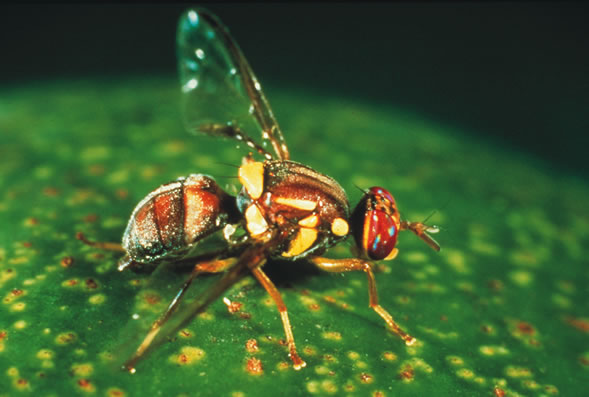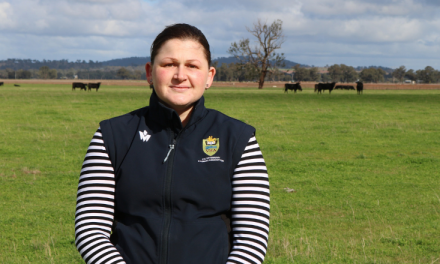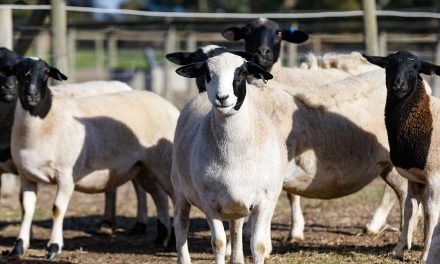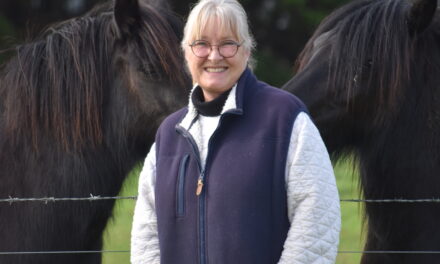Researchers are investigating how to implement sex selection in fruit flies in a bid to trump up control and eradication measures for the Australian horticulture industry’s most costly pest.
In what has been referred to as “genetic sexing”, a team of national scientists and international collaborators are looking to identify the genetic code enabling the elimination of female fruit flies in overseas Sterile Insect Technique (SIT) programs, so these characteristics can be bred into a selection of Australia’s Queensland fruit fly.
Funded by Hort Innovation, the project is worth more than $4.7 million and Macquarie University is leading the project.
Partners at the United States Department of Agriculture (Hawaii), Giessen University (Germany), and Insect Pest Control Section of the Joint FAO/IAEA Division of Nuclear Techniques in Food and Agriculture will lead efforts to identify genes in overseas species, while partners at CSIRO and the South Australia Research Development Institute will lead efforts to develop these traits in the Queensland fruit fly.
Hort Innovation’s SITplus program coordinator Dan Ryan said millions of sterile flies were already being produced at the Port Augusta factory and released to support the prevention and reproduction of pest populations and outbreaks.
“Qfly costs the Australian horticulture sector $300 million per annum in lost markets by impacting production in two ways – damaging produce in the field leading to yield loss, and by affecting the market access or acceptability of the crops in international markets,” he said.
“This research is important because it has been shown SIT is more effective if only males are released.”
While naturally bred male-only ‘genetic sexing’ strains are available for some overseas fruit flies, this project aims to develop the technology for the Queensland fruit fly, which is the most significant insect threat to Australia’s $12.9 billion horticultural industry.
Professor Phil Taylor from Macquarie University’s ARC Centre for Fruit Fly Biosecurity Innovation said sustainable, environmentally benign approaches to the management of Queensland fruit flies was urgently needed to protect Australia’s fruit production and trade.
“Producing male-only sterile fruit flies will be far more efficient and cost-effective in the fight against this destructive pest,” he said.
“We are looking at innovative science to produce male only flies for release, which will in turn, greatly reduce production and release costs and provide a framework of integrated ecological and behavioural science which can maximise the impact of sterile flies when deployed in Australia.”
SIT involves the strategic release of millions of sterile fruit flies to greatly outnumber the wild male population and, as a result, limit the opportunity for wild females to mate with wild males.
The outcome of this disruption to mating is the suppression of subsequent generations of wild flies.
Using SIT to combat Qfly also gives greater protection to the honeybee industry through reduced chemical impacts and increased pollination rates.








